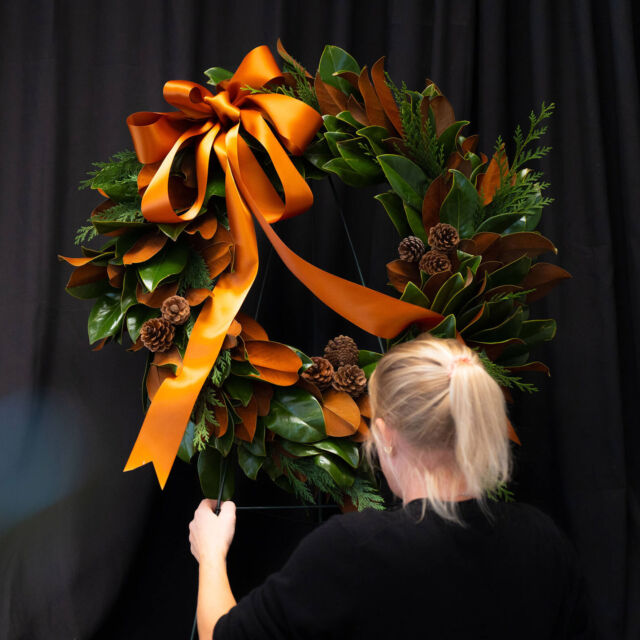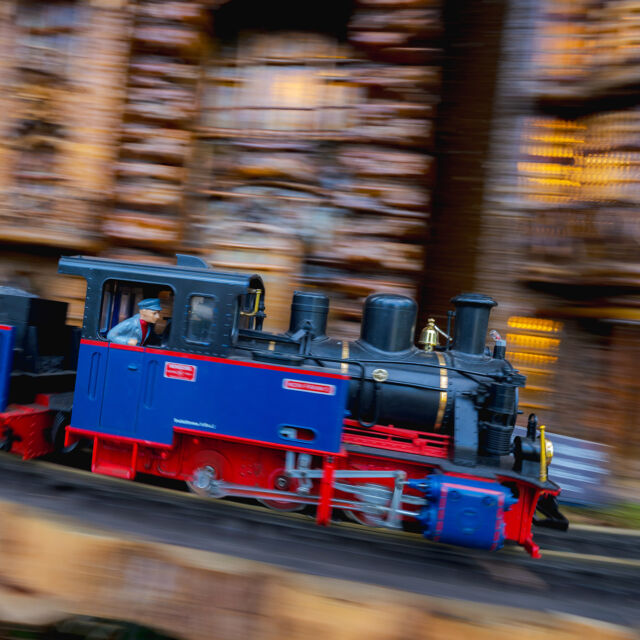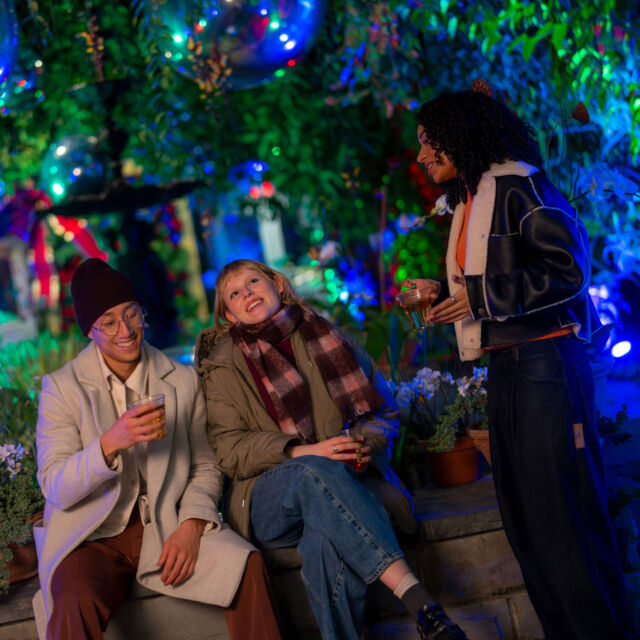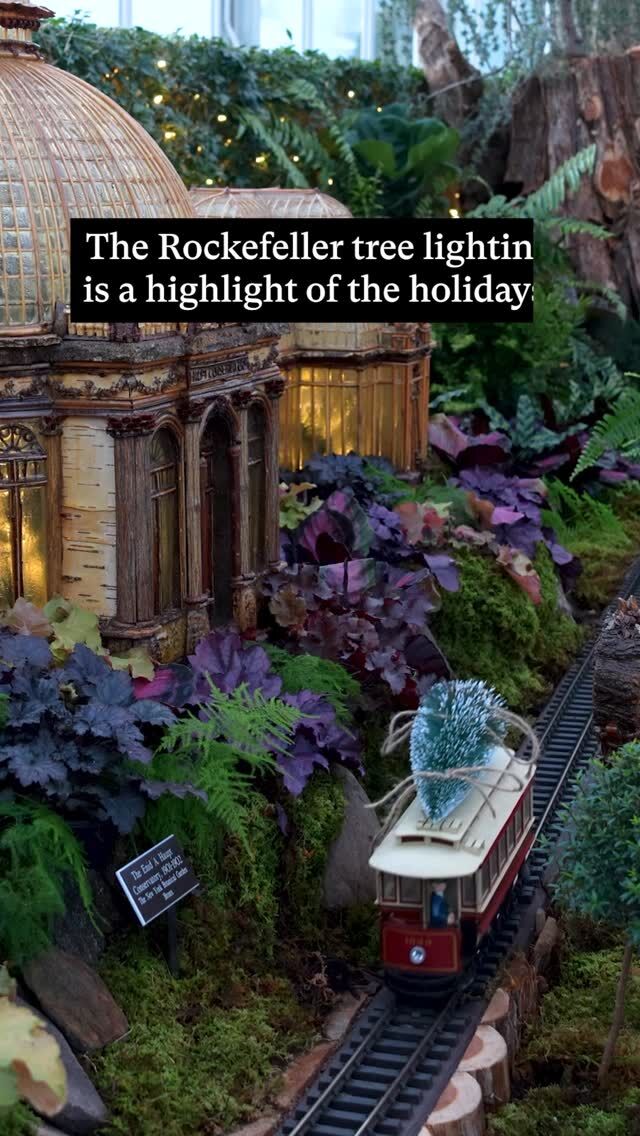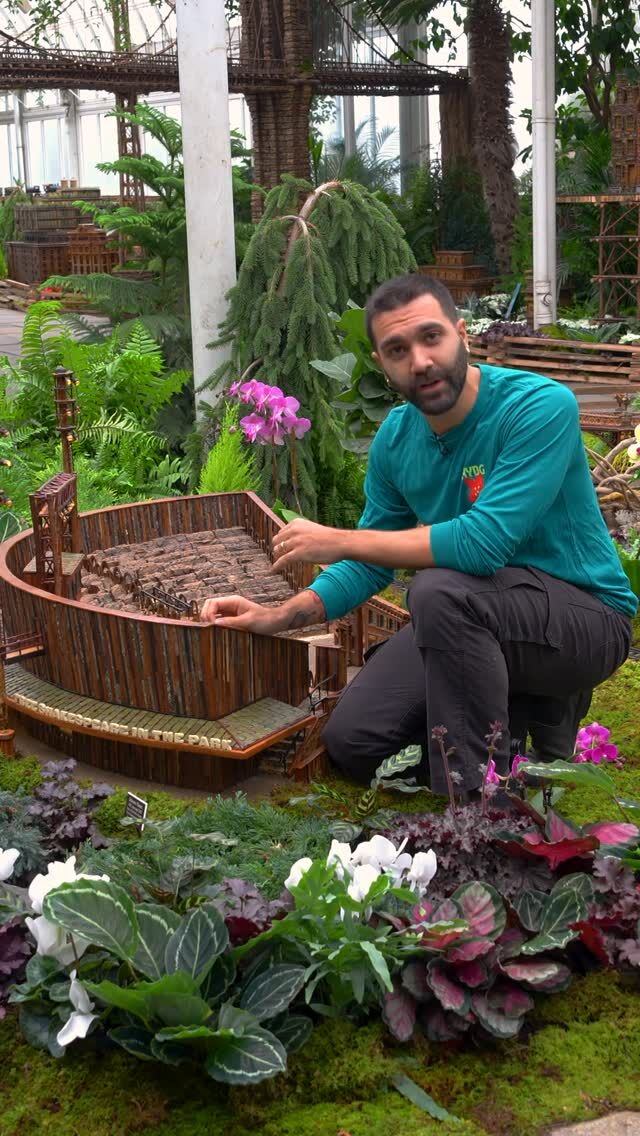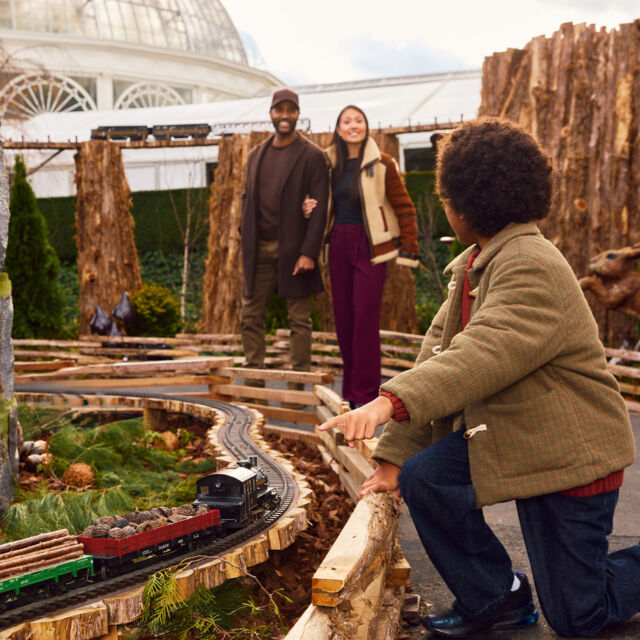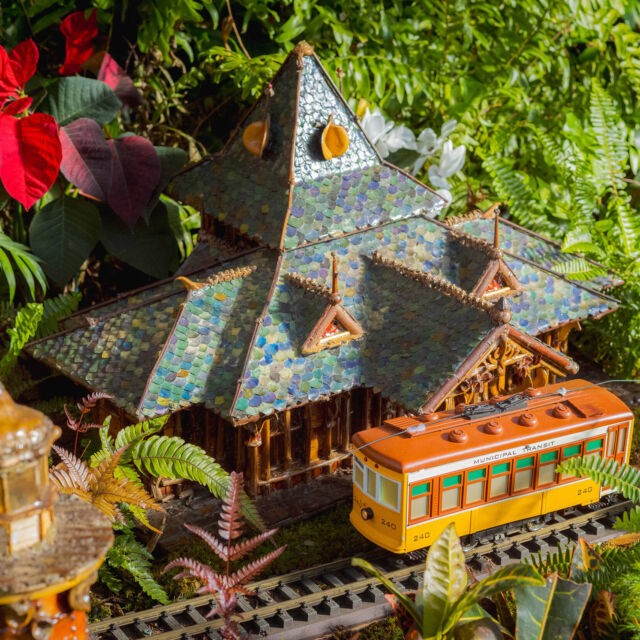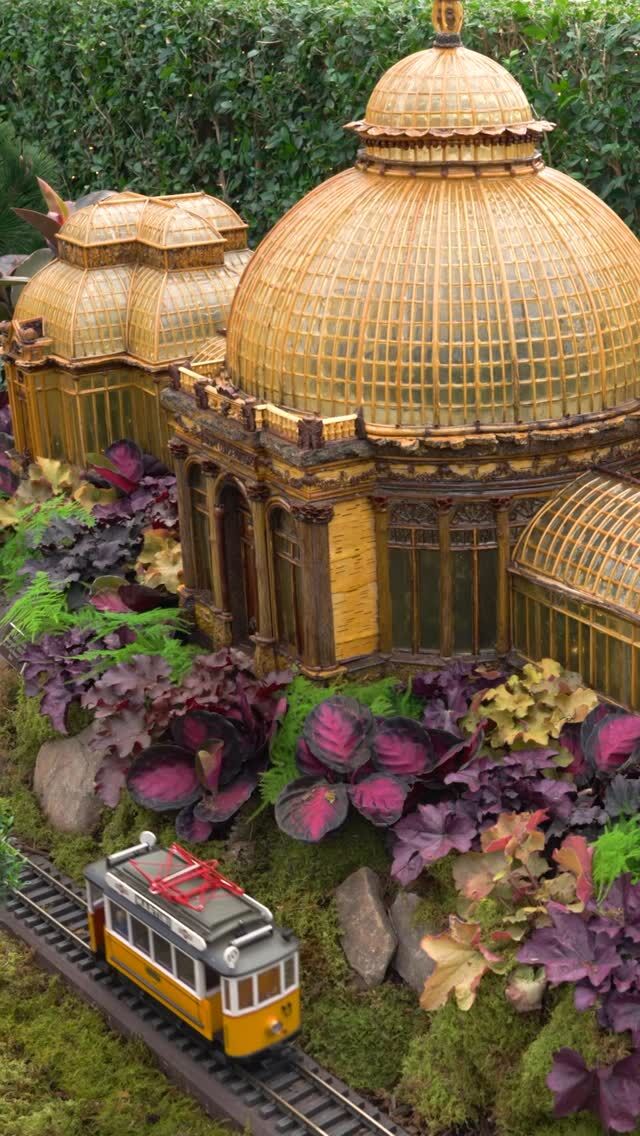Seeding Ecosystems of the Future
Evelyn Beaury, Ph.D., is an Assistant Curator at the New York Botanical Garden.
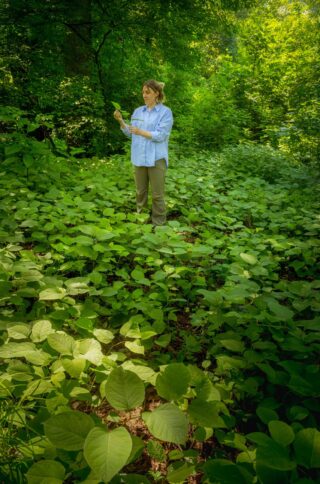
When planting a garden, it’s important to understand how the plants you choose will impact the surrounding ecosystem. In many nurseries, invasive species are often sold as ornamental plants—unintentionally introduced to the environment, and subsequently causing major environmental issues. About 50% of invasive plants were introduced to the U.S. via horticultural trade. In avoiding these plants and choosing native alternatives, you’ll be supporting biodiversity, providing habitat, and fostering climate resilience, while also adding beauty to your garden!
Dr. Eve Beaury, our Assistant Curator in the Center for Conservation and Restoration Ecology, co-authored this Do Not Sell list, a helpful guide for avoiding harmful invasives and choosing aesthetically similar native alternatives in the Northeast. It includes 24 alternatives to non-native plants that are invasive in other regions of the U.S. and which are currently offered for sale in at least 5 U.S.-based wholesale, retail and/or online nurseries. These species are not yet a significant part of the ornamental plant trade in the Northeast, and we have an opportunity to prevent their harm by discouraging their movement through the horticulture industry.
In addition to reducing the spread of invasive species, our gardens can be incredible tools to help combat the negative impacts of climate change. For instance, research has shown that many native plants cannot adapt or migrate fast enough to keep up with how fast the climate is warming. Which flora in our gardens will survive these changes, and what can we do to help native plants ‘keep up’ with climate change? With input from NYBG’s horticultural staff and botanists across the northeast region, Beaury and colleagues developed a list of ‘climate-smart’ ornamental native plants that are likely to persist with climate change. Each list is state-specific, focusing on plants that are 1) native to the state (persistent native species), or 2) native to ecoregions represented in the northeast (persistent near-native species).
Use these guides to to think about how our gardens can help seed ecosystems of the future—both in discouraging ecological disruption from invasives and encouraging climate adaptation—which will be paramount to planting ecologically healthy gardens.
Want to learn more? View Dr. Beaury’s recent webinar on “Seeding Ecosystems of the Future.”
SUBSCRIBE
Enter your email address to subscribe to this blog and receive updates on new posts.

